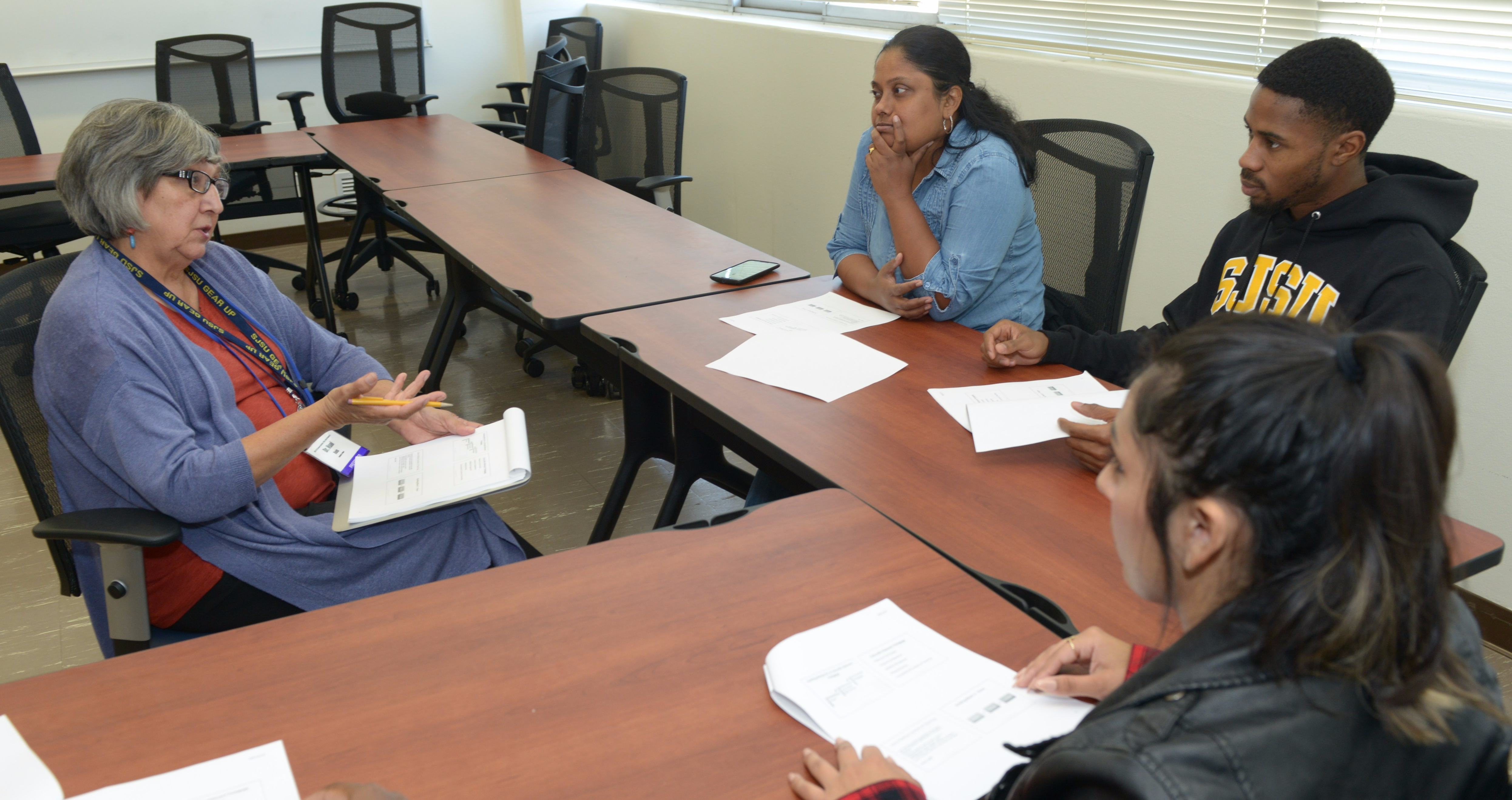This profile of an outstanding, innovative educator is part of the feature section “On the Leading Edge” in our annual Innovation Issue. Photos by Scott Buschman.
Long before “cultural competency” became a priority in public schools, Senorina (Noni) Reis was busy creating multicultural, relevant curriculum to help culturally and linguistically diverse students succeed. Decades later, she’s still at it.
Schools have made strides, but there are times Reis still has to convince educators that it’s necessary to incorporate culturally relevant pedagogy into classroom materials and instructional strategies. Not so long ago, some may recall, students from other cultures were seen as having “deficits” that needed to be overcome for assimilation.
Fortunately, thanks to the efforts of Reis and other social justice activists, that kind of thinking has been replaced with the goal of achieving cultural competency, based on the philosophy of building on students’ cultural strengths to promote their achievement and their sense of well-being in the world.
 “I have an unwavering belief and philosophy that cultural relevance must happen if equity is our goal,” says Reis, a professor in the Department of Educational Leadership at San Jose State University. She incorporates this philosophy in teaching graduate students as well as in research on social justice leadership. “As teachers, we need to be activists and not perpetuate the status quo. We must be agents of change when it comes to improving education for all students.”
“I have an unwavering belief and philosophy that cultural relevance must happen if equity is our goal,” says Reis, a professor in the Department of Educational Leadership at San Jose State University. She incorporates this philosophy in teaching graduate students as well as in research on social justice leadership. “As teachers, we need to be activists and not perpetuate the status quo. We must be agents of change when it comes to improving education for all students.”
The California Faculty Association member knows a thing or two about organizing and change. As a teenager, she helped United Farm Workers in Salinas Valley with its organizing efforts.
Reis taught preschool, kindergarten and first grade, and was an elementary school principal. She has been a mentor teacher and lecturer in the credential program at UC Santa Cruz. She has also been a BTSA (Beginning Teacher Support and Assessment) provider and helped create the first unit for that program about equity and multiculturalism in schools — one of her proudest achievements.
During three decades of developing instructional programs to help educators effectively teach English learners, she led the development of several state and national curriculum and coaching programs, including with the California Department of Education and NEA.
Her most recent contribution has been through the Instructional Leadership Corps. ILC, a CTA project in partnership with the Stanford Center for Opportunity Policy in Education and the National Board Resource Center at Stanford University, is at the forefront of educator-driven professional development to benefit all schools and students.
Reis’ involvement with ILC includes working with teachers in the local regions, and with CalTeach interns. She created a series of ILC lessons designed to help teachers implement the new standards, “Building Blocks for a Culturally Relevant Pedagogy,” which she presented at CTA’s Summer Institute in August. The three building blocks are:
- Vision — Implementing your vision for a culturally relevant pedagogy with challenging curriculum. This might include providing an interactive learning environment or having students collaborate at tables instead of sitting in rows.
- Curriculum approaches — Levels for multicultural education include language development, contextualization, challenging activities, and instructional conversations. The highest level takes a social justice approach, where students address issues within their own community, such as recycling or DACA.
- Pedagogy — The delivery of rigorous, culturally responsive lessons that address the sociopolitical context of schools. The goal is to engage students through dialogue and encourage them to use questioning to foster critical thinking skills.
“Seeing teachers embrace and implement these changes for the good of their students is my biggest reward,” says Reis.
The Discussion 0 comments Post a Comment